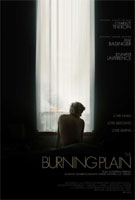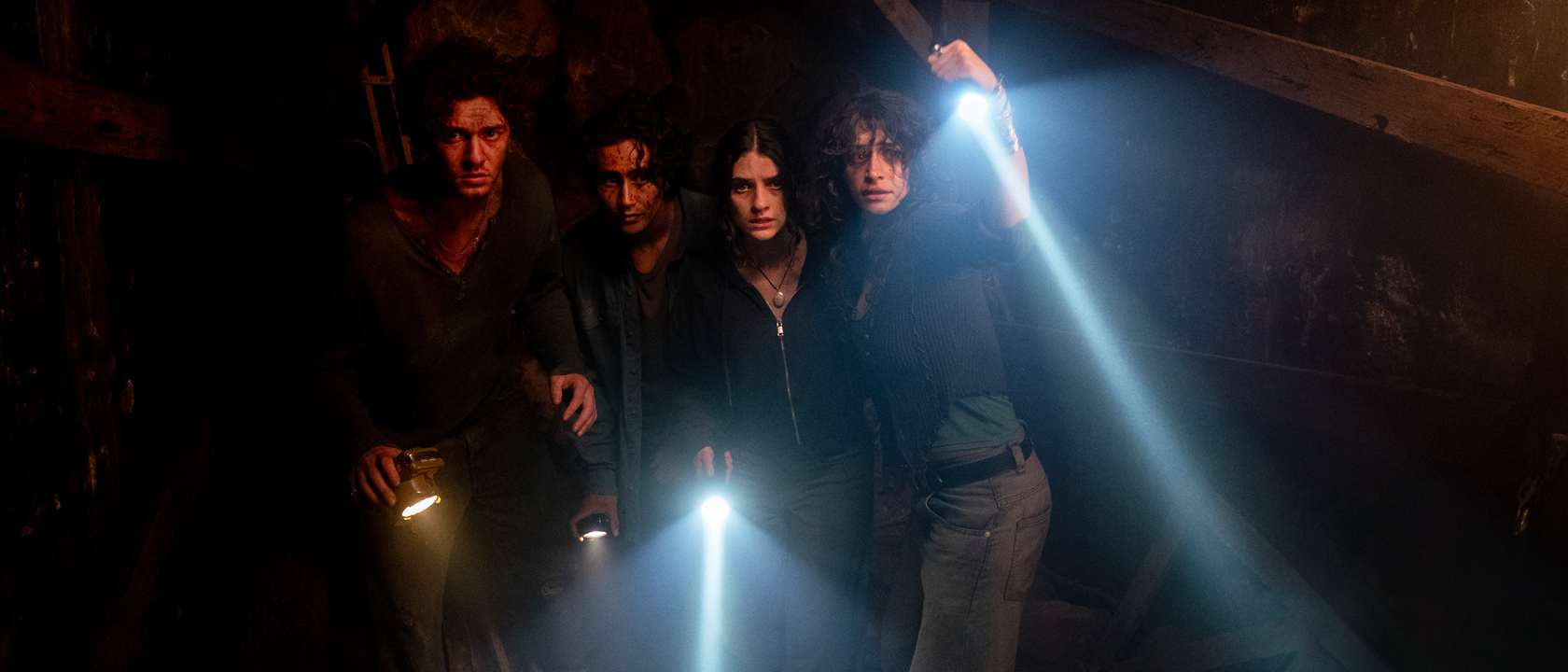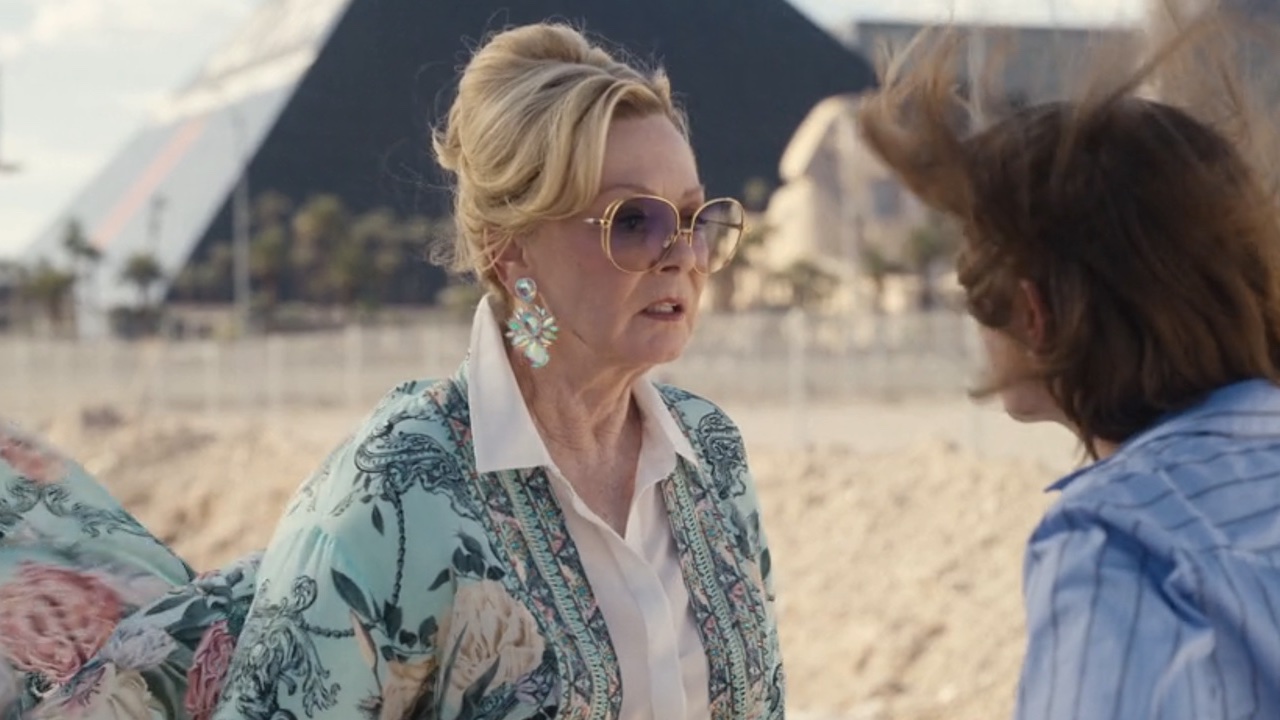The Burning Plain is like finishing a jigsaw puzzle when you’ve already seen the cover of the box. You’re thrilled about putting together all the pieces, but once that initial pleasure wears off, you’re left with exactly what you knew you were going to get and have nowhere to put it. Academy Award nominated screenwriter Guillermo Arriaga continues to use his signature multi-narrative structure in his directorial debut. Funny thing is, this first-time director’s film falters in the area he’s well seasoned in, the screenwriting. Just like his highly acclaimed films Babel and 21 Grams, The Burning Plain makes the viewer think. The problem is, you’re never compensated for your work.
In true Arriaga fashion, the opening of The Burning Plain introduces us to four stories on a collision course to becoming one. On one front, there’s Sylvia (Charlize Theron) and Maria (Tessa Ia). Sylvia’s story unfolds in Portland, Oregon where she’s the manager of an upscale restaurant. She’s good at what she does but her icy demeanor and sex obsession hints at a troublesome past. Maria is a motherless girl living in New Mexico who witnesses her father’s crop dusting plane crash in a filed only to be left in the care of his best friend Carlos (Jose Maria Yazpik). Then there’s Mariana (Jennifer Lawrence) and Santiago (JD Pardo), who find comfort in each other after each loses a parent. Finally, we find Gina (Kim Basinger) enthralled with a passionate love affair in an abandoned trailer in the desert. The romance literally goes up in flames when a gas leak causes the trailer to explode.
You don’t go into an Arriaga film to sit back, relax and enjoy the show; you’re there to indulge in a serious amount of cinematic contemplation and put together a puzzle. You sit down with an open mind and accept the pieces that you’re given, ready to play his game of rearranging and reformulating to reach a riveting conclusion. The initial pieces you’re given are fine; it’s the interweaving that causes the problem. Arriaga tries to begin the melding process far too early and these premature hints at connection wind up being shoved in your face rather than subtly transitioning into the story.
Arriaga’s script comes off as pompous and melodramatic taking away from his characters that initially had the potential to be engaging. Gina’s attempt at eluding her family to be with her lover is pathetic, but her relationship with him is captivating. When you take your family of six to K-Mart it’s just not a smart move to ditch them to meet up with your secret lover. Another relationship that rings with authenticity is that between Gina’s daughter Mariana and Santiago. It’s a major departure from the typical boy-meet-girl story and introduces the audience to a fresh type of connection that can exist between two people. But it’s difficult to accept Sylvia. There’s nothing wrong with Theron’s performance; it’s a problem with the way her character is written. Sylvia had a permanent rain cloud over her head, literally and figuratively. You can’t expect everyone in the film to be likeable but Sylvia’s frustrating bad mood is unjustified.
If I had to pick one reason to see this film it’s for the work of cinematographers Robert Elswit and John Toll. Often the visuals are so breathtaking it detracts from the story. Not only are Elswit’s New Mexico desert scenes striking, but Toll has an uncanny ability to make a dreary, waterlogged Portland outstanding as well. If only the screenplay was on par with the imagery. Arriaga’s multi-narrative format has gotten the best of him. The Burning Plain lacks the climactic revelation of Arriaga’s other work. Rather than deliver a sense of shock and awe, the film is swallowed up by complexity, leaving you to wonder, “This is it?”
Staff Writer for CinemaBlend.












